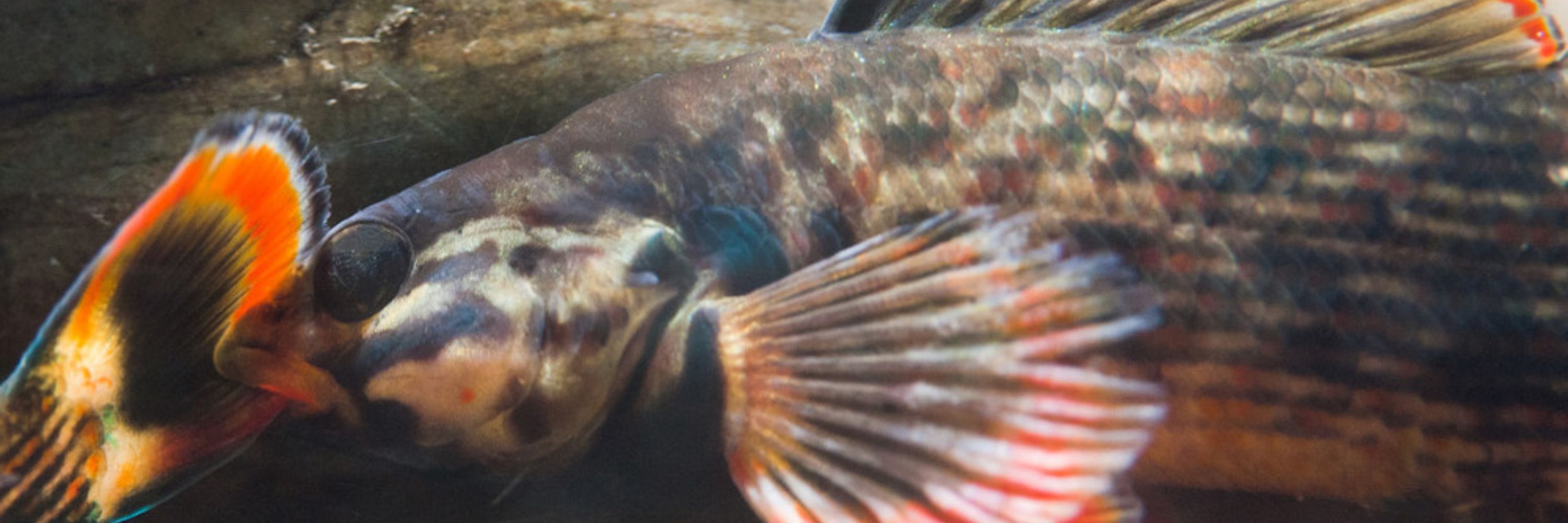
Dr. Julian Olden
@oldenfish.bsky.social
Professor @ UW | ecologist | freshwater | consumer of flat whites & craft 🍺 | gentle 🐟 squeezer | 🇨🇦 | EiC Water Biology and Biosecurity | AE @ESA Frontiers and Eco Apps | www.oldenfish.com | Views are my own ✊
Interesting! I'm on my reading list for the week.
September 23, 2025 at 4:44 PM
Interesting! I'm on my reading list for the week.
Absolutely ... and very much our message! Thanks for your comment.
September 19, 2025 at 7:23 PM
Absolutely ... and very much our message! Thanks for your comment.
Funding: CESAB programme of @frbiodiv.bsky.social. Great list of co-authors and fun working group! @uwsafs.bsky.social @uwfreshwater.bsky.social @profchrisharrod.bsky.social @profchrisharrod.bsky.social

September 19, 2025 at 4:26 PM
Funding: CESAB programme of @frbiodiv.bsky.social. Great list of co-authors and fun working group! @uwsafs.bsky.social @uwfreshwater.bsky.social @profchrisharrod.bsky.social @profchrisharrod.bsky.social
Importantly, we continue to believe that morphological traits hold VALUE in depicting habitat use, ecological diversity & offering insight into fish movement! But our results do raise concerns of whether such traits are ‘functional’ in that they are a reasonable proxy of a species' trophic ecology.
September 19, 2025 at 4:26 PM
Importantly, we continue to believe that morphological traits hold VALUE in depicting habitat use, ecological diversity & offering insight into fish movement! But our results do raise concerns of whether such traits are ‘functional’ in that they are a reasonable proxy of a species' trophic ecology.
The growing enthusiasm for trait-based ecology, particularly approaches grounded in morphological traits, is increasingly shaping science. However, we caution that this enthusiasm should not overlook the limitations of morphological traits as a meaningful lens or currency for functional inference.
September 19, 2025 at 4:26 PM
The growing enthusiasm for trait-based ecology, particularly approaches grounded in morphological traits, is increasingly shaping science. However, we caution that this enthusiasm should not overlook the limitations of morphological traits as a meaningful lens or currency for functional inference.
This study leveraged a comprehensive database of stable isotope values for fish communities worldwide. doi.org/10.1051/kmae.... And yes, stable isotopes have limitations ... isotopic vs. trophic niches. We cover all of this in our paper!
IsoFresh: A global stable isotope database of freshwater food webs | Knowledge and Management of Aquatic Ecosystems
Knowledge and management of aquatic ecosystems (formerly Bulletin Français de la Pèche et de la Pisciculture), an international journal on freshwater ecosystem
doi.org
September 19, 2025 at 4:26 PM
This study leveraged a comprehensive database of stable isotope values for fish communities worldwide. doi.org/10.1051/kmae.... And yes, stable isotopes have limitations ... isotopic vs. trophic niches. We cover all of this in our paper!
In a global test, we show that morphological traits show weak (ca. 10% var exp) associations with d13C & d15N for freshwater fish species. At the individual level, morphology explained 4% in isotopic variation within populations. Body size & jaw length explained some var, albeit not much.

September 19, 2025 at 4:26 PM
In a global test, we show that morphological traits show weak (ca. 10% var exp) associations with d13C & d15N for freshwater fish species. At the individual level, morphology explained 4% in isotopic variation within populations. Body size & jaw length explained some var, albeit not much.
Support of such claims depends on the fundamental, albeit often unspoken, assumption that morphological characteristics of fish, such as body size & shape, fin configuration, & the size & orientation of the mouth and eyes, serve as reliable indicators of their feeding strategies & prey preferences.

September 19, 2025 at 4:26 PM
Support of such claims depends on the fundamental, albeit often unspoken, assumption that morphological characteristics of fish, such as body size & shape, fin configuration, & the size & orientation of the mouth and eyes, serve as reliable indicators of their feeding strategies & prey preferences.
Agree, we all definitely need this type of encouraging feedback! :)
September 10, 2025 at 3:54 PM
Agree, we all definitely need this type of encouraging feedback! :)
Absolutely! I'm experiencing the same thing as AE for a few journals. Authors are getting frustrated with me (I feel awful), and often, the additional burden shifts to me to provide a second review. 😒
September 7, 2025 at 5:53 PM
Absolutely! I'm experiencing the same thing as AE for a few journals. Authors are getting frustrated with me (I feel awful), and often, the additional burden shifts to me to provide a second review. 😒
Really important science and message - thank you Miguel!
August 29, 2025 at 3:37 PM
Really important science and message - thank you Miguel!
Yep, the University of Washington also did this about 2 years ago, and it was (and still is) an utter trainwreck!
July 22, 2025 at 2:44 PM
Yep, the University of Washington also did this about 2 years ago, and it was (and still is) an utter trainwreck!
To play devil’s advocate (not having watched the clip), Suzuki is likely trying to trigger more emotion and action to prove his statement wrong!
July 6, 2025 at 3:34 PM
To play devil’s advocate (not having watched the clip), Suzuki is likely trying to trigger more emotion and action to prove his statement wrong!
Thanks Ana Clara! It's great to be visiting!
June 26, 2025 at 8:45 PM
Thanks Ana Clara! It's great to be visiting!
Thanks Jono. Writing that piece was among one of the highlights of my Leopold Fellowship. Very therapeutic to write and the message is constantly in the forefront of my mind.
June 7, 2025 at 10:17 PM
Thanks Jono. Writing that piece was among one of the highlights of my Leopold Fellowship. Very therapeutic to write and the message is constantly in the forefront of my mind.

